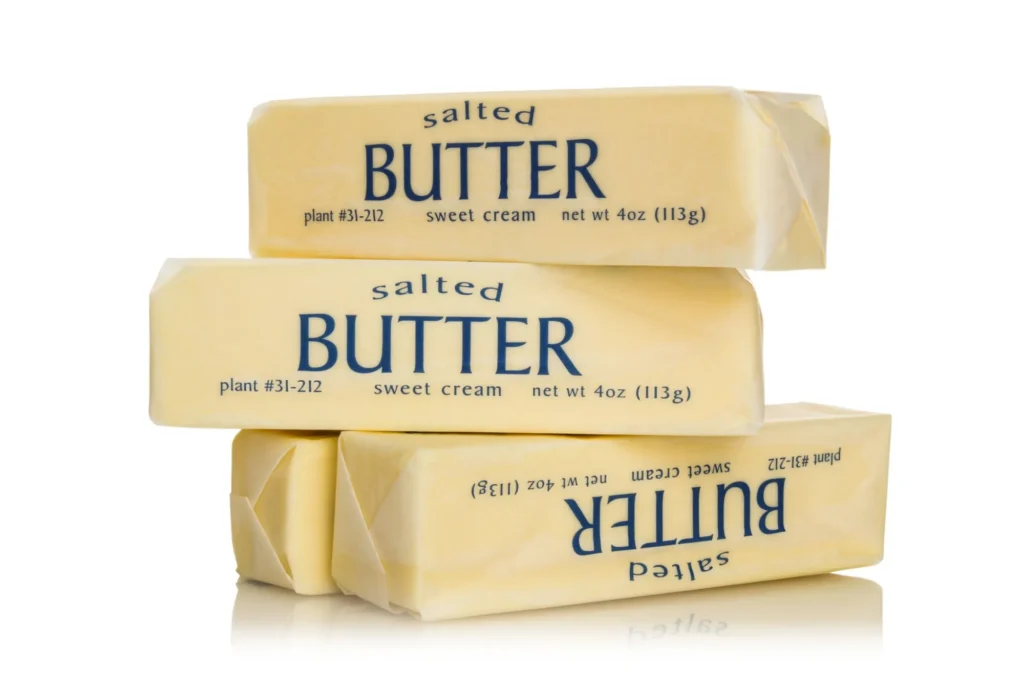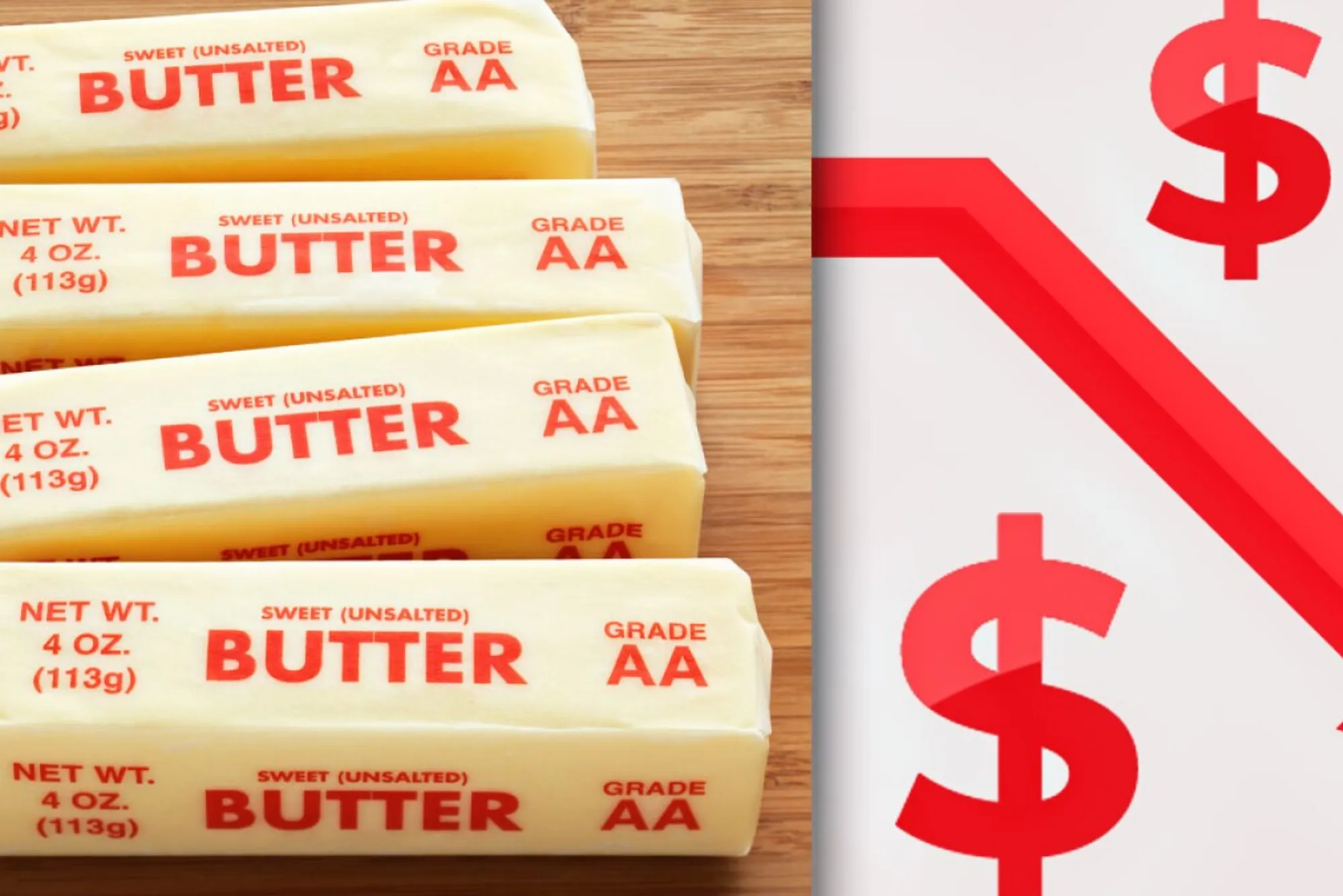Butter, a staple in kitchens and industries alike, holds a significant position in global markets. As a commodity, its price often reflects broader economic trends and market conditions. Among the many benchmarks used to gauge butter prices, the Butter AAA CME (Chicago Mercantile Exchange) average weekly price stands out for its reliability and influence. This article delves into the factors affecting these prices, their implications, and a detailed understanding of market trends.

The Importance of CME in Butter Pricing
The Chicago Mercantile Exchange plays a pivotal role in determining commodity prices, including butter. CME provides a transparent platform where producers, wholesalers, and investors trade butter contracts. The Butter AAA CME price, specifically, refers to the premium grade of butter traded in bulk. This price serves as a benchmark for wholesalers, retailers, and even international traders who rely on consistent and transparent pricing to inform their decisions.
Butter’s price at the CME reflects a myriad of influences ranging from production costs and seasonal trends to global trade policies. As a result, understanding the weekly average price gives stakeholders a clear picture of market conditions.
Factors Influencing Butter AAA CME Prices
Supply and Demand Dynamics
The most significant factor driving butter prices is the interplay of supply and demand. Butter production depends on milk availability, which can be affected by feed costs, weather conditions, and livestock health. When milk production surges, butter production typically follows, leading to lower prices. Conversely, shortages in milk supply can drive up butter prices.
On the demand side, consumer preferences, dietary trends, and industrial usage of butter impact pricing. For example, a rise in demand for baked goods can increase butter consumption, thereby influencing market prices.
Seasonal Trends
Butter prices exhibit seasonal fluctuations, with higher prices often observed during the holiday season. Increased demand for baking and festive cooking drives up consumption, creating upward pressure on prices. Conversely, summer months often see reduced demand, leading to price stabilization or decline.
Global Trade Policies
International trade policies, tariffs, and export-import restrictions also influence CME butter prices. For instance, a change in U.S. export policies can affect global demand for American butter, thus impacting prices on the CME.
Economic Indicators
Broader economic trends, such as inflation, labor costs, and energy prices, indirectly affect butter prices. Rising costs in these areas lead to higher production expenses, which are then passed on to consumers.
Market Speculation
As with other commodities, speculation plays a role in determining butter prices on the CME. Traders’ expectations about future supply and demand can lead to price fluctuations even before actual changes occur.
Butter AAA CME Weekly Price Analysis
To provide a clearer understanding of the trends, here’s a table showcasing an example of Butter AAA CME average weekly prices over a recent period:
| Week Ending | Average Weekly Price (lb) |
|---|---|
| January 7, 2025 | $2.45 |
| January 14, 2025 | $2.50 |
| January 21, 2025 | $2.48 |
| January 28, 2025 | $2.52 |
This data reveals slight fluctuations in prices, which can be attributed to varying factors such as market conditions, demand cycles, and supply chain adjustments.
Implications of CME Butter Pricing
For Producers
Producers rely on CME pricing to plan their production schedules and manage costs effectively. A stable or rising price encourages increased production, while declining prices may lead to production cuts to prevent oversupply.
For Consumers
Retailers and consumers feel the ripple effects of CME pricing. An increase in wholesale butter prices often leads to higher retail prices, affecting household budgets and consumer choices.
For Industrial Users
Industries that rely heavily on butter, such as bakeries and food manufacturers, use CME prices to negotiate contracts and plan their supply chains. A predictable pricing mechanism allows for better financial planning and product pricing strategies.
For Traders and Investors
CME butter prices also attract investors and speculators. By analyzing weekly price trends, traders make informed decisions on buying or selling futures contracts, which can influence overall market stability.
Challenges in Predicting Butter Prices
Despite the availability of data and transparent pricing mechanisms, predicting butter prices remains challenging. Factors such as unexpected weather events, geopolitical tensions, or sudden shifts in consumer behavior can disrupt the market. Additionally, the interconnectedness of global supply chains means that changes in one region can have far-reaching effects.

Strategies for Navigating Price Volatility
To mitigate the risks associated with price volatility, stakeholders adopt various strategies:
- Hedging: Producers and industrial users engage in futures contracts to lock in prices and reduce exposure to market fluctuations.
- Diversification: Companies diversify their product portfolios to reduce dependency on butter.
- Efficient Supply Chains: Streamlining supply chain operations can help absorb cost increases without significantly affecting end prices.
The Butter AAA CME average weekly price serves as a vital indicator of market conditions, reflecting the complex interplay of supply, demand, and broader economic factors. For stakeholders across the spectrum – from producers and retailers to industrial users and investors – understanding these prices is essential for informed decision-making. While challenges in prediction persist, the CME continues to provide a reliable platform for transparency and efficiency in the butter market. By staying informed about these trends, stakeholders can navigate the dynamic landscape with greater confidence and resilience.




